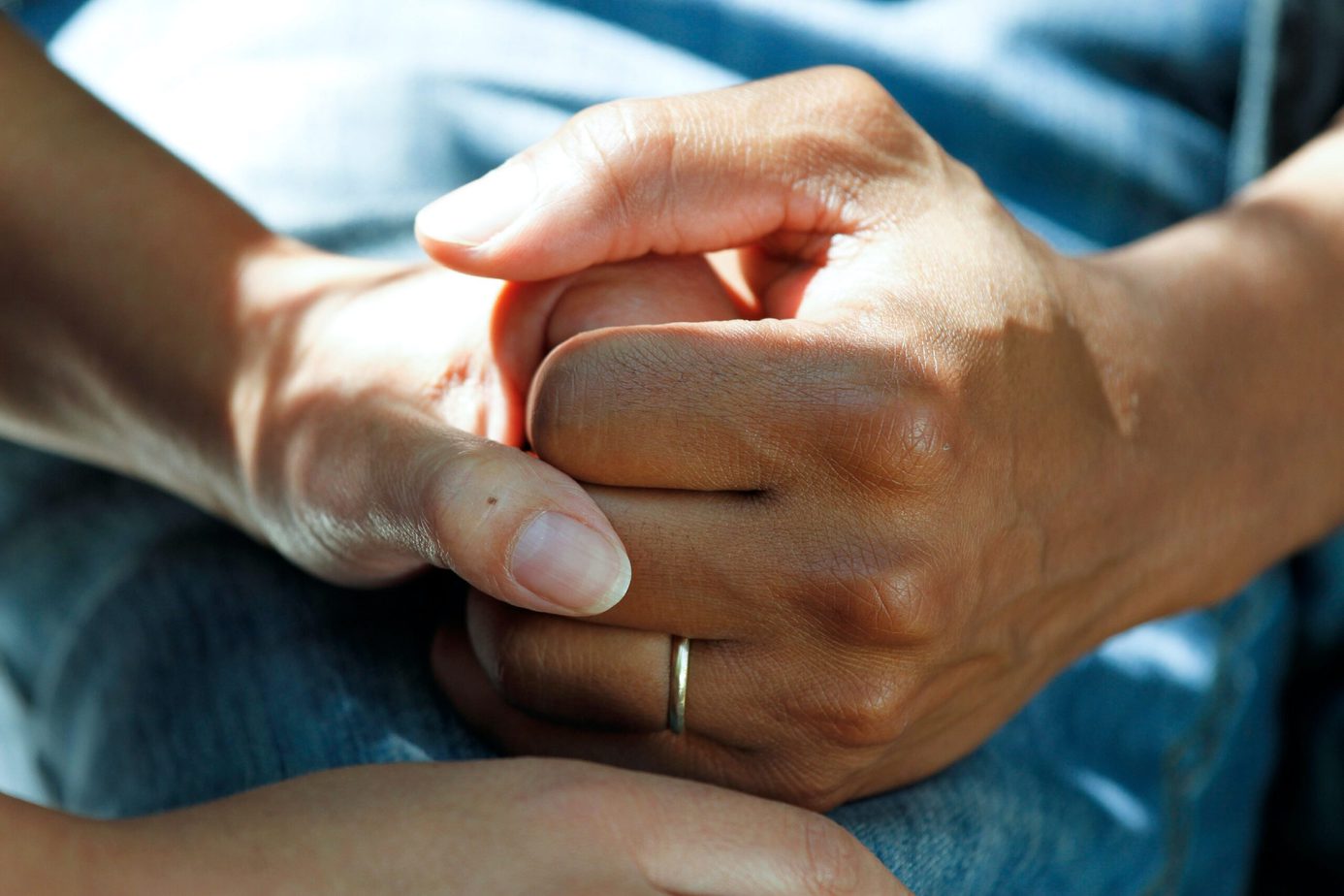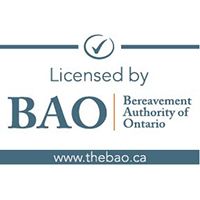
When someone has a life-limiting illness, it is often a difficult transition to come to the place where they realize it’s time to consider hospice or palliative care options. We are programmed to want to go to the doctors and other health care practitioners to seek their advice on how to get better. Or at least how to stretch out the time we can as long as possible. Most of us want to be here for as long as we can.
Sometimes though, the treatments don’t go as we hoped. And eventually, if we are faced with the end stages of an incurable illness, we are forced to think about where and how we would like to die. What do we hope for in our final days and weeks? The soon-to-be parents speak to their doctor or midwife about what they hope their “birth plan” will look like. Similarly, it is helpful to discuss what we would like our “death plan” to look like and whether we would like to incorporate palliative or hospice care.
First, let’s talk about the differences between the two.
What is “palliative care”?
Wikipedia defines it as:
“Palliative care (derived from the Latin root palliare, or “to cloak”) is an interdisciplinary medical caregiving approach aimed at optimizing quality of life and mitigating suffering among people with serious, complex illness. Within the published literature, many definitions of palliative care exist. The World Health Organization describes palliative care as ‘an approach that improves the quality of life of patients and their families facing the problems associated with life-threatening illness, through the prevention and relief of suffering by means of early identification and impeccable assessment and treatment of pain and other problems, physical, psychosocial, and spiritual.’ In the past, palliative care was a disease specific approach, but today the World Health Organization takes a more broad approach, that the principles of palliative care should be applied as early as possible to any chronic and ultimately fatal illness.”
What is “hospice care”?
Wikipedia defines it as:
”Hospice care is a type of health care that focuses on the palliation of a terminally ill patient’s pain and symptoms and attending to their emotional and spiritual needs at the end of life. [It] prioritizes comfort and quality of life by reducing pain and suffering. Hospice care provides an alternative to therapies focused on life-prolonging measures that may be arduous, likely to cause more symptoms, or are not aligned with a person’s goals.”
Though it has become common practice to use both hospice and palliative care terms interchangeably, there is a key difference between the two. Both of them have to do with the holistic care you receive when you’re diagnosed with a life-threatening illness. With palliative care, there may still be the inclusion of curative treatments. However hospice narrows down the focus to caring for the patient who has decided to stop curative treatments.
“Many still believe palliative care is appropriate only when nothing more can be done to treat a patient’s disease and prolong life. But unlike hospice, palliative care can and should be delivered while patients continue treatment for their diseases.” (Jane E. Brody, The New York Times, 3 Dec. 2013).
I spoke with my friend David Kennedy, a retired supportive care counsellor at a hospice about the topic. He told me that in both cases, it usually comes down to one question the palliative or hospice care team ask. And that is, “How can we focus on helping you live your life to the fullest until it ends?” He told me,
“If the pain can be managed, then they have the capacity to think about LIFE. We can help them focus on helping them make the most of it.”
(More on this topic to come in our next article.)
Of course one of the big questions the patient wants to talk about is the location.
“Where would you like to die?”
First of all, it’s important to note that both hospice and palliative care are available to patients no matter where they choose to die. Some prefer the idea of dying at the hospital, nursing home or other extended care facility. And still others hope to be able to get a spot at their local hospice facility.
But David Kennedy told me that the vast majority of people will tell you that they want to die at home. They like the idea of being in the comforts of an environment that is familiar, surrounded by the people they want there with them. Unfortunately, this is not always possible medically.
He said that it can be very difficult on the family to have someone die at home. Many experience that the services promised aren’t always available the way we need them and the amount they are needed. Pain management is one of the biggest pieces of the “palliative care puzzle”. Without proper access to certain services, the toll on family and caregivers can be huge.
Like the new parents who have the details of their birth plan all organized, it is important for the patient to recognize that not always do these major life events go according to plan. This is one of the most challenging seasons we will go through, and the uncertainties of what may happen can be overwhelming at times.
I’ll never forget the moment that my 10 year old daughter asked my 95 grandmother,
“GG, are you afraid to die?”

She smiled and said, “Well dear, I’ll tell you what my mom told me when I asked her the same question many years ago.
‘I’m not afraid to die. But it’s the getting there that worries me sometimes.'”
Of course the more information we have, the better. Talk to your doctors and other health care professionals about the potential scenarios you could face and possible options. Take a tour of your local hospice. Speak with the incredible supportive care counsellors like David who can help you and your family be able to make informed choices. And most importantly, remember that in these seasons it is so critical to take it “one day (or sometimes one hour) at a time”.





